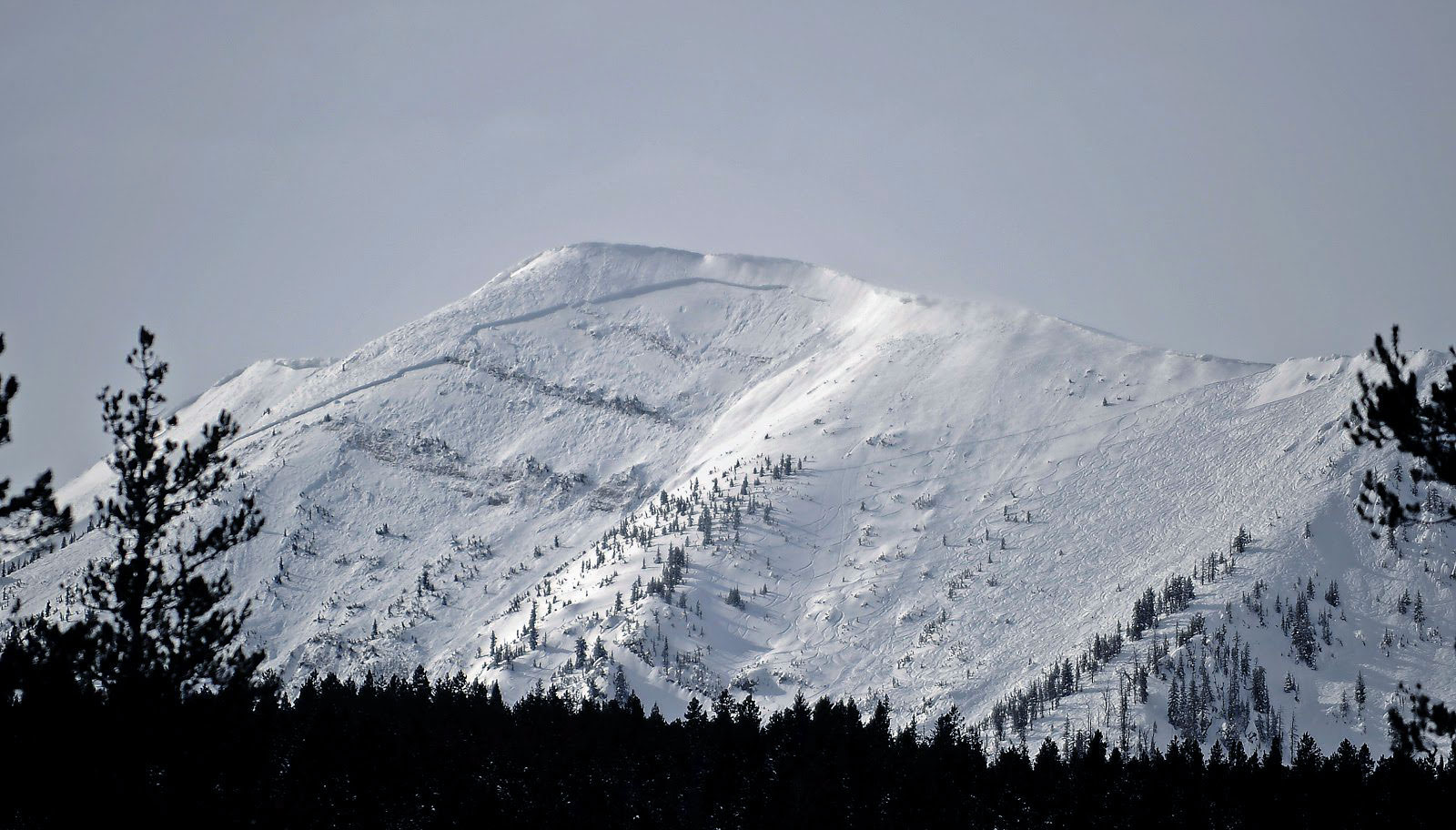About the N.A.C.
Our goal is to improve backcountry and ski area safety by reducing avalanche risk on and around National Forests.
Avalanche Hazard
Snow avalanches kill more people on National Forests than any other natural hazard. Each winter, 25 to 30 people die in avalanches in the United States, and nearly all of these deaths involve recreation on National Forests.
N.A.C. Support
The National Avalanche Center (NAC) provides program guidance and support to Forest Service avalanche centers and military artillery programs. We also provide field support and the transfer of information and technology.
Avalanche Centers
Avalanche centers provide information and educational opportunities to empower individuals to better manage their own risk in avalanche terrain.

Avalanche Information
Avalanche danger is dynamic. Avalanche conditions vary due to seasonal weather variations, snowpack structure, and local weather patterns. The Forest Service operates a network of 14 backcountry avalanche centers and works closely with the Colorado Avalanche Information Center.
Public and Private Partnerships
Each center is supported by an affiliated nonprofit entity, or Friends group. In essence, the agency provides the structure and technical know-how and the non-profit entity engages in fundraising and outreach. Nationwide, more than 50% of the operational costs are covered by community donations and other partnerships!
Military Artillery
Ski areas, highway departments, and railways use a variety of methods to mitigate avalanche danger. In special cases, military artillery allows workers to more safely protect infrastructure and the public.
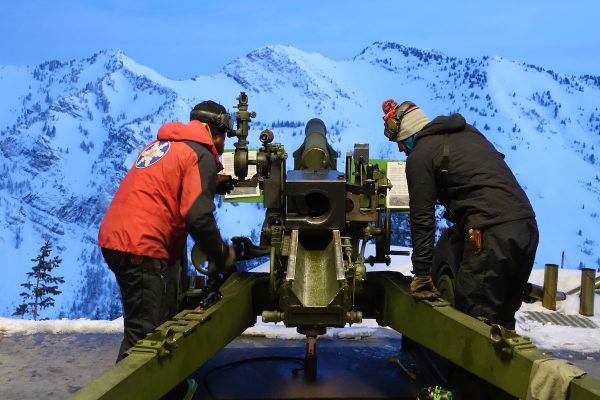
Forest Service snow rangers introduced avalanche forecasting, mitigation, and the use of military weapons for avalanche control to the U.S. in the 1940s. Although the agency transitioned out of much of the avalanche mitigation work at ski areas by the 1990s, a number of ski areas on Forest Service land have terrain that is best mitigated using artillery. Currently, the Forest Service holds weapons on loan from the US Army and operates the program in close cooperation with ski area snow safety teams.
Field Support & Tech Transfer
People living, travelling, and working in the mountains face a variety of avalanche related questions. The N.A.C. is here to help.
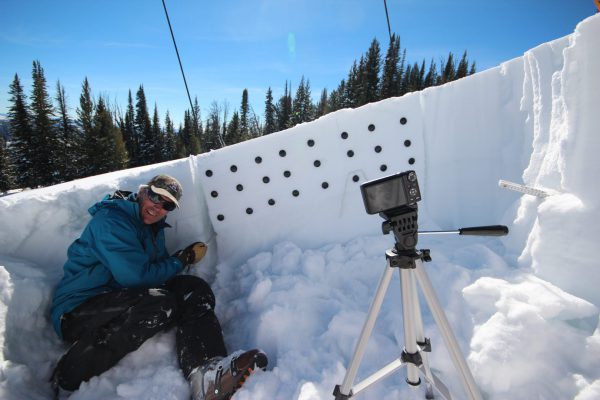
Field Support
In addition to the danger avalanches pose to recreationalists in backcountry and ski area settings, they may also threaten some structures, trails, roads, campgrounds, and industrial sites. The Forest Service addresses a number of avalanche-related questions, and the National Avalanche Center provides expertise and advice to decision-makers.
Technology Transfer
We also work as a focal point for the transfer of information, tools, and techniques between scientists / developers, avalanche workers, and the public. This information exchange helps drive improvements in avalanche forecasting, mitigation, safety, and education. You can view a library of our work here:
Technical Paper LibraryStaff
Simon Trautman – Director
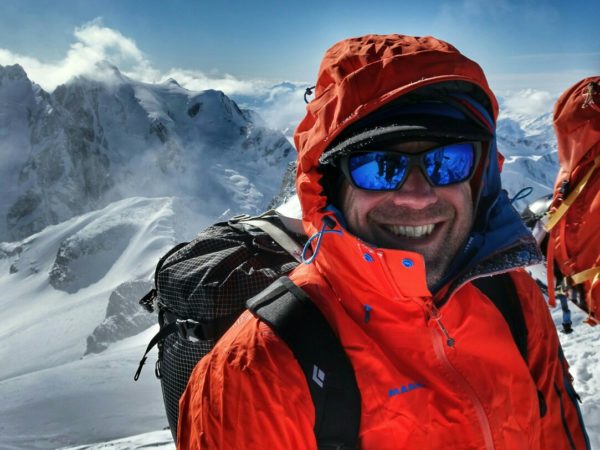 Simon grew up running around in hay fields outside of Lander, Wyoming. Following a stint as a US Navy Corpsman, he earned a BS in Geology at Western Washington University and an MS in Earth Science from Montana State University. He has worked for the Moonlight Basin Ski Patrol, the Colorado Avalanche Information Center, the Sawtooth Avalanche Center, and the Northwest Avalanche Center. Simon joined the National Avalanche Center in the summer of 2014 and lives in Bellingham, WA. Contact: simon.trautman@usda.gov
Simon grew up running around in hay fields outside of Lander, Wyoming. Following a stint as a US Navy Corpsman, he earned a BS in Geology at Western Washington University and an MS in Earth Science from Montana State University. He has worked for the Moonlight Basin Ski Patrol, the Colorado Avalanche Information Center, the Sawtooth Avalanche Center, and the Northwest Avalanche Center. Simon joined the National Avalanche Center in the summer of 2014 and lives in Bellingham, WA. Contact: simon.trautman@usda.gov
Rebecca Hodgetts – National Avalanche Specialist
 Rebecca “Becs” Hodgetts began ski patrolling in the mid-1990s on Mt Ruapehu, a volcano in the central plateau of New Zealand’s North Island. She went on to work at other resorts in New Zealand, Canada, and the US. She worked 12 years at Arapahoe Basin in Colorado, first as an avalanche technician and later as Assistant Ski Patrol Director. She joined the Colorado Avalanche Information Center in 2014 and worked first as a Backcountry, then as a Highway Forecaster, and finally as a Regional Lead Forecaster for southern Colorado. Contact: rebecca.hodgetts@usda.gov
Rebecca “Becs” Hodgetts began ski patrolling in the mid-1990s on Mt Ruapehu, a volcano in the central plateau of New Zealand’s North Island. She went on to work at other resorts in New Zealand, Canada, and the US. She worked 12 years at Arapahoe Basin in Colorado, first as an avalanche technician and later as Assistant Ski Patrol Director. She joined the Colorado Avalanche Information Center in 2014 and worked first as a Backcountry, then as a Highway Forecaster, and finally as a Regional Lead Forecaster for southern Colorado. Contact: rebecca.hodgetts@usda.gov
Chris Lundy – National Avalanche Specialist
 Chris has over 20 years of diverse professional experience with snow and avalanches. After earning an MS in Civil Engineering from Montana State University, Chris went on to work as a researcher, ski patroller, highway avalanche forecaster, backcountry ski guide, backcountry avalanche forecaster, Director of the Sawtooth Avalanche Center, and web developer. Chris lives in Stanley, Idaho with his wife Sara, where they enjoy mountain travel in all its various forms. Contact: christopher.lundy@usda.gov
Chris has over 20 years of diverse professional experience with snow and avalanches. After earning an MS in Civil Engineering from Montana State University, Chris went on to work as a researcher, ski patroller, highway avalanche forecaster, backcountry ski guide, backcountry avalanche forecaster, Director of the Sawtooth Avalanche Center, and web developer. Chris lives in Stanley, Idaho with his wife Sara, where they enjoy mountain travel in all its various forms. Contact: christopher.lundy@usda.gov
Karl Birkeland – Senior Avalanche Scientist
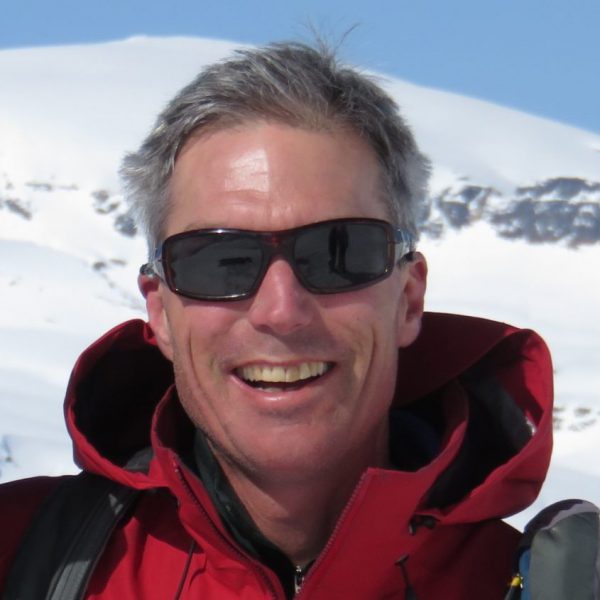 Karl grew up skiing in Colorado, chasing his folks around the backcountry and the local ski hills before finding ski patrol work in high school. He has worked with snow and avalanches for over 35 years, including jobs as a professional ski patroller, backcountry avalanche forecaster, and avalanche researcher. He has earned MS and PhD degrees doing avalanche research. After founding the Gallatin National Forest Avalanche Center in 1990, he co-founded and began working for the National Avalanche Center in 1999. His work as an Avalanche Scientist involved cooperating with several universities and international research institutes to transfer new and emerging technologies to the US avalanche community. He served as the Director of the National Avalanche Center from 2011-2022.
Karl grew up skiing in Colorado, chasing his folks around the backcountry and the local ski hills before finding ski patrol work in high school. He has worked with snow and avalanches for over 35 years, including jobs as a professional ski patroller, backcountry avalanche forecaster, and avalanche researcher. He has earned MS and PhD degrees doing avalanche research. After founding the Gallatin National Forest Avalanche Center in 1990, he co-founded and began working for the National Avalanche Center in 1999. His work as an Avalanche Scientist involved cooperating with several universities and international research institutes to transfer new and emerging technologies to the US avalanche community. He served as the Director of the National Avalanche Center from 2011-2022.
